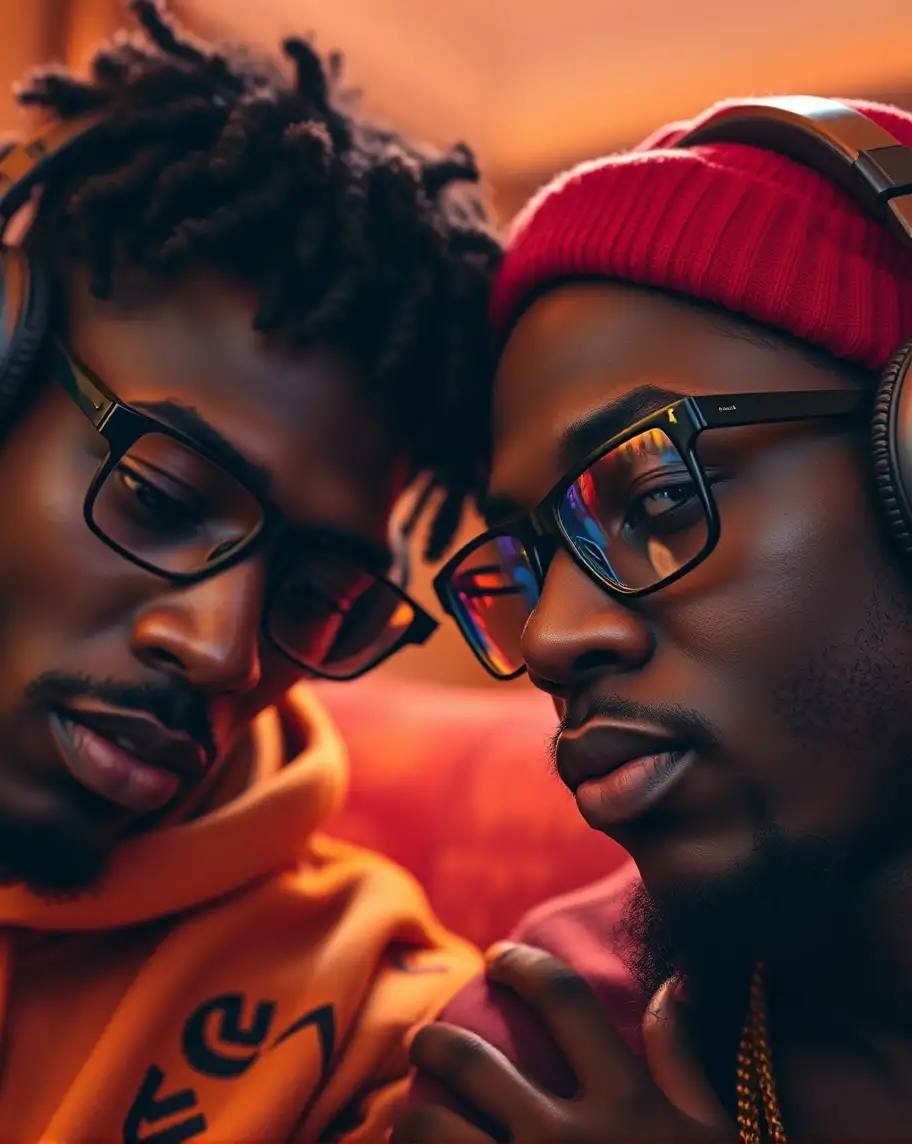Is Diversity Diluting Music? Why Indie Artists Should (or Shouldn't) Embrace Cultural Fusion
Diversity empowers indie music creativity, expands reach, and unites through cross-cultural collaboration and inclusivity.
Music is a powerful tool that crosses cultural lines, uniting people from all walks of life. Ever found yourself vibing to a song in a language you don’t even know, but still feeling all the emotions behind it? That’s the beauty of music; it transcends barriers.
As an indie artist, embracing different cultures in your music can do more than just enhance your sound. It can open doors to new perspectives, foster empathy, and contribute to a more inclusive world. But what does diversity mean for indie artists, and why should it matter?
Let’s dive in!
What Does Diversity in Music Mean?
Diversity in music is all about recognizing and appreciating the vast array of musical styles, cultures, and genres from around the world. It’s not just about the music itself but also the artists behind it—their unique backgrounds, identities, and personal stories.
You’ll find diversity in music through different genres, styles, instruments, and even the languages and themes explored in songs. It also means making space for representation in the music industry, where artists of all ethnicities, genders, and ages are celebrated for what makes them unique.

The Importance of Diversity in Music
Drives Innovation: Diversity sparks creativity and innovation in music. Each culture and style brings its unique sounds, techniques, and stories, giving artists new ways to approach their craft and keep things fresh.
Fosters Inclusivity: Diversity helps make the music industry more inclusive. It breaks down stereotypes and opens doors for artists from different backgrounds and marginalized communities to have their voices heard.
Boosts Fan Engagement: Offering a variety of musical styles keeps fans engaged. Different genres and sounds can speak to various moods, experiences, and preferences, giving listeners more to connect with.
Why Embracing Diversity is Key for Independent Artists
Expands Your Musical Horizons: As an indie artist, exploring different musical influences can help you grow creatively and enhance your artistic skills.
Reaches a Wider Audience: By incorporating diverse elements into your music, you can connect with listeners from different cultures, backgrounds, and regions, expanding your fan base.
Creates Deeper Connections: Collaboration across different cultures and genres allows musicians to create music that appeals to a wider audience. This diversity enriches the creative process and makes the final product more relatable to listeners from all walks of life. By embracing these collaborations, artists can reach global audiences, crossing borders with their music.
Expresses Your Unique Culture: Diversity also empowers you to share your culture, identity, and experiences through your music, making it more personal and authentic.
The Magic of Cross-Cultural Music
Music has an incredible way of breaking down cultural barriers and bringing people together. “Cross-cultural music making” is a term that recently emerged and is generally applied in the context of interaction and integration between cultures. When musicians blend different cultures, genres, and traditions, they create a rich sound that resonates with listeners on a deeper level. Whether it's mixing Latin rhythms with hip-hop beats or fusing African drumming with electronic music, this kind of musical collaboration promotes mutual respect and appreciation for the diverse world we live in.
Take a look at some of the biggest names in music today, and you’ll see how cross-cultural influences have shaped their sound. Artists like Shakira, who fuses Latin pop with global beats, or BTS, who blend K-pop with Western influences, show how powerful and popular this kind of musical fusion can be. These artists are not only breaking cultural barriers, but they’re also building bridges between their fans across the world.
In a world that sometimes feels divided, cross-cultural music reminds us of what we have in common. It encourages us to listen to each other, appreciate our differences, and celebrate the beauty of diversity. The music we create and enjoy becomes a reflection of the world we want to live in—one that’s more connected, inclusive, and united.
Cross-cultural music isn’t just about sound—it's about fostering understanding, sparking conversations, and building mutual respect.
Gender Diversity: Breaking Barriers and Lifting Voices
Diversity in music isn’t just about culture; it’s also about gender. The music industry has long been male-dominated, with female artists facing their own set of challenges. But things are changing. Artists like Beyoncé, Taylor Swift, and Billie Eilish have not only reached massive success but have also used their influence to push for gender equality and uplift women in the industry. They've shattered stereotypes and paved the way for more diverse voices to shine.

Stylistic Diversity in Music
Music also thrives on stylistic diversity. Whether it's classical symphonies, jazz improvisations, rock anthems, or EDM beats, each genre brings something unique to the table. This variety allows musicians to get creative and connect with fans in new ways. Plus, mixing different styles can lead to fresh, innovative sounds that push the boundaries of what music can be.
Many popular artists are known for embracing stylistic diversity in their music, blending genres and experimenting with various influences. Here are a few examples:
- Beyoncé – Known for her ability to blend R&B, pop, hip-hop, soul, and even elements of rock, Beyoncé consistently showcases stylistic diversity. Her albums, like Lemonade, explore different musical styles and cultural influences, from country to African beats.
- Billie Eilish – Billie mixes pop, electro, indie, and alternative music with unique production styles. Her ability to fuse soft, haunting vocals with heavy basslines and experimental sounds makes her music genre-defying.
- Kendrick Lamar – A pioneer in the hip-hop scene, Kendrick frequently incorporates jazz, funk, and spoken word elements into his tracks. Albums like To Pimp a Butterfly highlight his use of diverse musical styles while addressing deep cultural themes.
- Bad Bunny – As a Latin trap and reggaeton artist, Bad Bunny blends genres like Latin pop, rock, and hip-hop. His music often includes elements of traditional Latin sounds alongside more modern, global influences.
- Lady Gaga – Known for her pop roots, Lady Gaga has experimented with everything from electronic dance music to jazz (as seen in her collaboration with Tony Bennett) and even country influences on Joanne.
Final Thoughts
Music has an undeniable power to bring people together, crossing cultural and personal boundaries to give us a deeper understanding of the world. It helps us connect to the emotions and experiences of others, whether it’s joy, sadness, hope, or frustration. For independent musicians, embracing diversity isn’t just about adding something fresh to their sound—it’s about expanding their reach, promoting inclusivity, and expressing their unique cultural identity.
Wherever you are in your music journey, remember that your background, experiences, and identity can shape your art in ways that will resonate with listeners everywhere. Embrace diversity—it’s what makes the music world so vibrant, exciting, and meaningful.
Blog Article Tags
audience connection creativity growth perspective identity collaboration traditionMore Articles
Where To Find Good Indie Music - If you're a long time fan or first time listener of Indie music, we'll show you the best methods for discovering the music you love.
A&R: How Does It Work? - I discuss the role of A&R reps and their dwindling importance in today's music industry.
Careers in the Music Industry - Let's break down how to find success in all areas of the music industry.
Exploring Indie Music Scenes from Around the World - Lets celebrate the vibrant indie music scene from around the world.
Six Tips to Guarantee Success as a Saxophonist - Let's find out what makes the saxophone a great instrument to learn and master.


